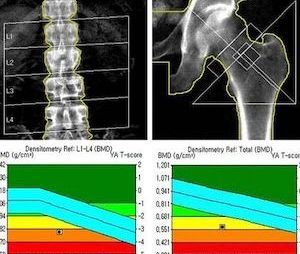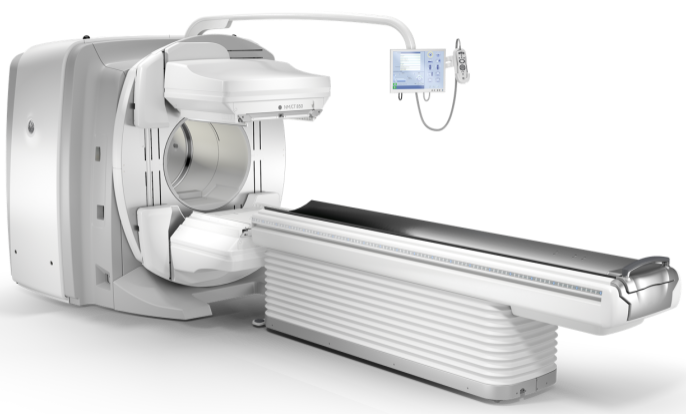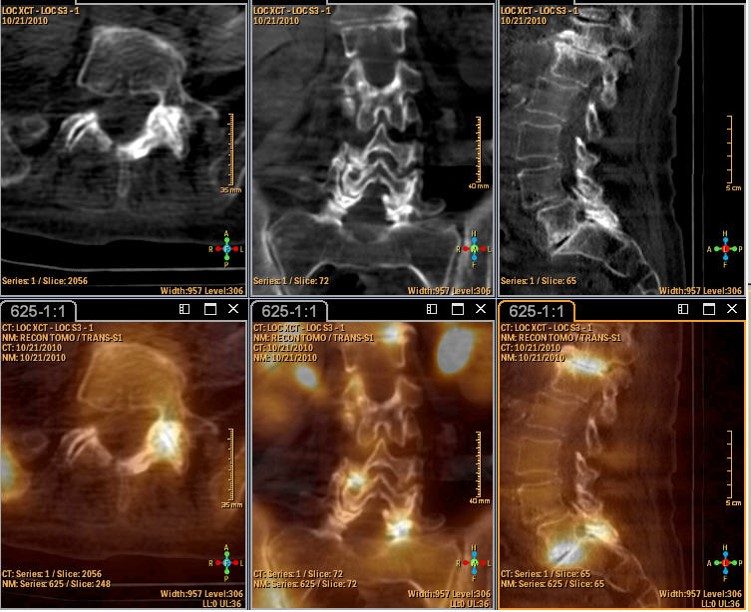bone density (dexa)

What is a Bone Density (DEXA)?
A Bone Density Test, also known as a DEXA (Dual-Energy X-ray Absorptiometry) scan, is a medical imaging test that measures bone mineral density (BMD). It is a quick, noninvasive, and painless procedure that helps assess bone strength and the risk of fractures. The scan uses low-dose X-rays to determine bone density, typically focusing on areas prone to fractures, such as the spine, hips, and sometimes the forearm.
Who is Suitable for a Bone Density (DEXA)?
A DEXA scan is recommended for individuals at risk of osteoporosis or bone fractures. It is particularly useful for:
- Postmenopausal women (especially those over 65) due to a higher risk of bone loss.
- Men over 70 years old or younger men with risk factors for bone loss.
- Individuals with a history of fractures after minor falls or injuries.
- People with osteoporosis risk factors, such as:
- Family history of osteoporosis.
- Long-term use of corticosteroids (e.g., prednisone).
- Low body weight or eating disorders.
- Smoking and excessive alcohol consumption.
- Lack of calcium and vitamin D in the diet.
- Medical conditions like rheumatoid arthritis, thyroid disorders, or chronic kidney disease.
- People undergoing osteoporosis treatment need to monitor bone density changes over time.
Benefits of Bone Density (DEXA)
A DEXA scan provides essential information about bone health and helps in:
- Early detection of osteoporosis and osteopenia before fractures occur.
- Assessing fracture risk, especially in older adults.
- Monitoring bone density changes over time, particularly for individuals on osteoporosis treatment.
- Evaluating the effectiveness of treatments, such as medications, lifestyle changes, or dietary improvements.
- Providing a baseline measurement for younger individuals with risk factors for bone loss.
Conditions Diagnosed by a bone density (DEXA)
A DEXA scan helps in diagnosing and assessing conditions related to bone health, including:
- Osteoporosis – A condition where bones become fragile and more likely to fracture.
- Osteopenia is a state of low bone mass that may lead to untreated osteoporosis.
- Fracture Risk Assessment – Helps predict the likelihood of bone fractures, especially in older adults.
- Bone loss due to medical conditions – Some diseases, such as rheumatoid arthritis, chronic kidney disease, or hormonal disorders, can contribute to bone loss.
- Monitoring effects of osteoporosis treatment – Ensures that medications and lifestyle modifications improve or maintain bone density.

What Further Information Can a Bone Density (DEXA) Show?
A Bone Density (DEXA) scan provides more than just a measurement of bone strength. It can also give insights into:
- Bone Loss Progression—If performed over time, a DEXA scan can track changes in bone density, helping doctors determine whether bone loss is worsening or stabilising.
- Risk of Fractures—The scan can estimate the likelihood of fractures in the spine, hip, and wrist by analysing bone mineral density.
- Body Composition Analysis – Some DEXA machines can assess body fat percentage and lean muscle mass, which can be helpful for athletes, individuals managing obesity, and those undergoing weight loss programs.
- Response to Treatment – The scan can help evaluate the effectiveness of osteoporosis treatments, such as medications or lifestyle changes.
Preparation for Bone Density (DEXA)
What to Bring:
- Referral from your doctor (if required).
- Previous DEXA scan reports (if available) for comparison.
- A list of medications you are taking, especially if they affect bone health (e.g., calcium supplements, steroids, or osteoporosis medications).
What to Wear:
- Wear comfortable clothing without metal buttons, zippers, or buckles around the waist and hips.
- Avoid jewellery or metal accessories, as they can interfere with the scan.
Dietary Considerations:
- Avoid taking calcium supplements (including multivitamins and antacids with calcium) 24 hours before the scan, as they can affect results.
- There is no need to fast—you can eat and drink as usual.
How Long Does It Take?
- The scan takes approximately 15 minutes, but the entire appointment may take 30 minutes, including preparation.
Other Considerations:
- If you have had a barium X-ray, CT scan, or nuclear medicine test in the last two weeks, inform your doctor, as contrast materials can interfere with the DEXA results.
- Pregnant women or those who suspect they are pregnant should inform the technician, as the test involves low-dose X-rays.
Bone Density (DEXA) Procedure
A DEXA scan is quick, painless, and non-invasive. Here’s what happens during the test:
- The technologist will ask you to remove all metallic objects around your waist.
- An image of your lower spine, hip, and occasionally your wrist will be taken.
- Your bone density measurement will be scored and compared with those of the same age, weight, gender, height, and ethnicity.
- From these readings, the doctor can determine your bone density score.
What to Expect After a Bone Density (DEXA)?
A DEXA scan does not require any recovery time. You can return to daily activities immediately after the test. However, here’s what you need to know post-scan:
Understanding Your Results:
- A radiologist will review your scan and generate a T-score and Z-score:
- T-score:
- Above -1.0 = Normal bone density
- Between -1.0 and -2.5 = Osteopenia (low bone mass)
- Below -2.5 = Osteoporosis (high fracture risk)
- Z-score: Used mainly for younger adults, children, and men under 50.
Follow-Up with Your Doctor:
- Your doctor will discuss treatment options if low bone density is detected.
- Lifestyle changes, supplements, or medications may be recommended if results show osteopenia or osteoporosis.
No Restrictions After the Test:
- You do not need to avoid any activities.
- You can eat, drink, and take medications as usual.
When to Repeat the Test:
- If at risk of bone loss, a DEXA scan is usually repeated every 1–2 years to track changes in bone density.
Is it painful and are there any side effects?
There are no injections for this scan. However, you will need to be able to lie on your back for approximately 15 minutes.
Can I take my normal medication?
Yes. Take all of your medications.
Bone Density (DEXA) Prognosis
The prognosis depends on the results and whether osteoporosis, osteopenia, or normal bone density is detected.
- Normal Bone Density: If your results are within the normal range (T-score above -1.0), your prognosis is excellent, and no immediate treatment is required. A healthy diet, weight-bearing exercise, and lifestyle adjustments can help maintain bone strength.
- Osteopenia (Low Bone Mass): If your T-score is between -1.0 and -2.5, you may be at risk for osteoporosis in the future. You can slow or prevent further bone loss with early intervention, such as calcium and vitamin D intake, exercise, and possibly medication.
- Osteoporosis: A T-score below -2.5 indicates osteoporosis, increasing the risk of fractures. The prognosis depends on treatment adherence, including medications, physical therapy, and lifestyle changes. Although osteoporosis is irreversible, proper management can significantly reduce fracture risk and improve bone health.
- Fracture Risk Prognosis: The scan helps predict the likelihood of fractures in the next 10 years, especially in older adults. This risk assessment helps doctors tailor treatment plans to prevent future fractures and complications.
Bone Density (DEXA) Risks
A DEXA scan is extremely safe and carries minimal risks. Since the test uses very low radiation levels, it is safe and widely recommended for at-risk populations.
What if a Bone Density (DEXA) is Delayed?
Delaying a Bone Density (DEXA) scan can lead to undiagnosed and untreated bone loss, which increases the risk of fractures and complications.
If you have risk factors for osteoporosis or have been advised to undergo a DEXA scan, delaying it could put your bone health at risk. Early diagnosis allows for timely intervention and fracture prevention.
Bone Density (DEXA) Costs
Medicare Coverage
- Medicare covers a DEXA scan for eligible patients, including:
- Postmenopausal women over 70 years old (one scan every 2 years).
- People with certain medical conditions that lead to bone loss (e.g., osteoporosis, chronic steroid use, endocrine disorders).
- Patients who have had a previous low-impact fracture.
- Individuals starting or monitoring osteoporosis treatment.




